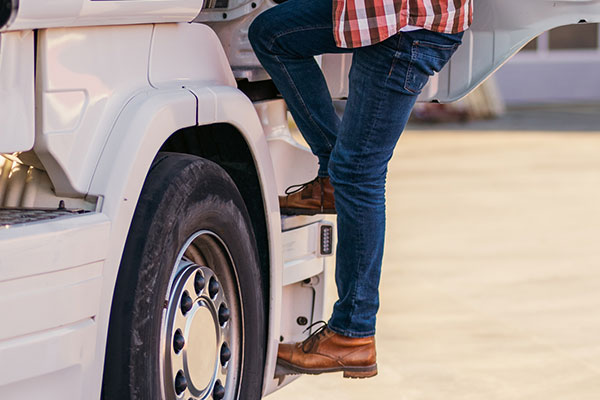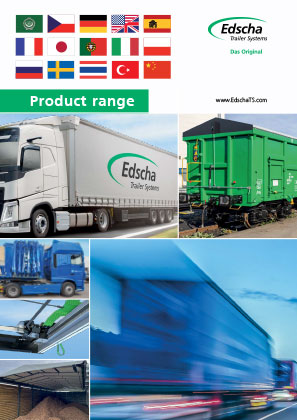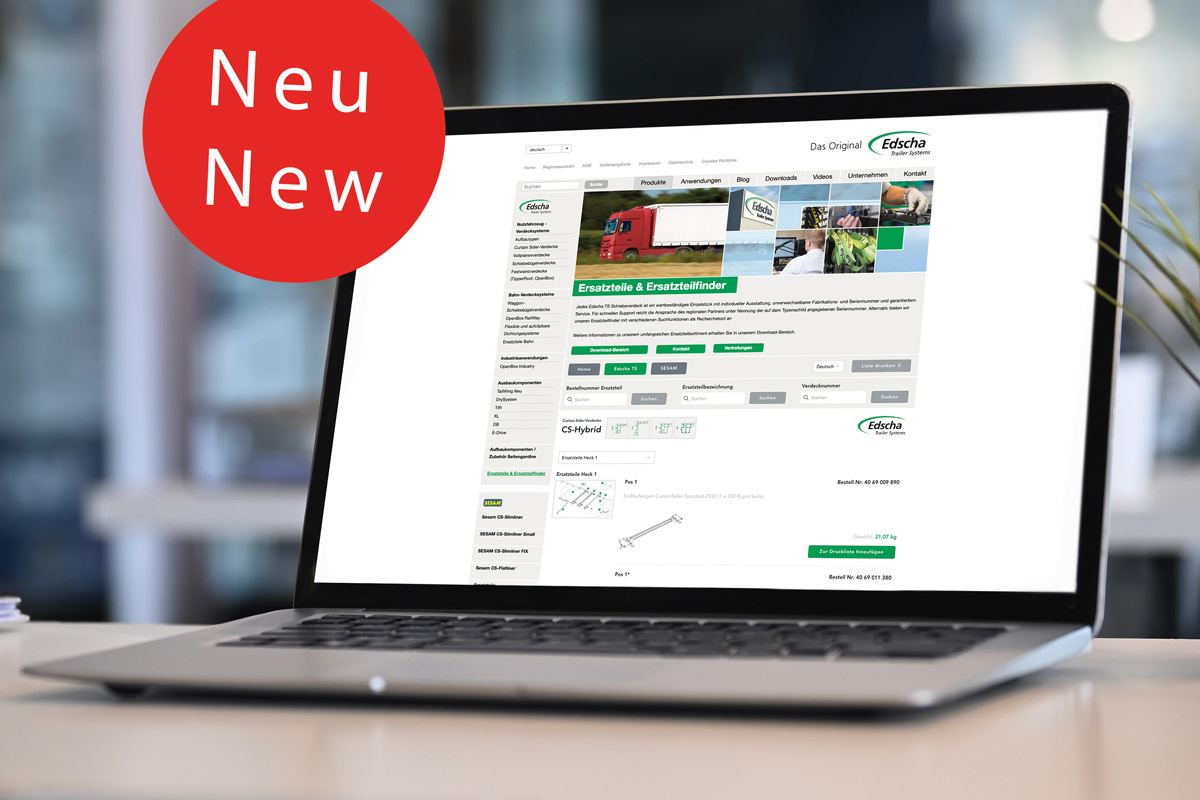Safety first
Occupational safety in general requires a lot of personal responsibility and commitment. And this is first and foremost a top-level matter. This is because the Occupational Safety and Health Act obliges the entrepreneur to carry out an assessment of the working conditions and, within this framework, also an assessment of hazards arising from, for example, the work processes. All these tasks can in practice also be transferred to other employees in the company, such as the safety representative. External agencies or consultants are also permitted. All checks and assessments resulting from the law nevertheless ultimately remain the legal responsibility of the company management and must be carefully documented.

On a discovery tour
The challenges for occupational safety in logistics are quite diverse. And sometimes actually unbelievable when you think of fall accidents, for instance, i.e. accidents that happen when getting out of the truck cab or from the loading area, among other things. 12% of all serious fall accidents involve truck drivers, and that despite the low fall height. More than 50% of the accident victims fall from loading platforms and vehicle superstructures. This happens mainly when securing and checking the load. Getting in and out of a truck is also something that has to be learned. For example, it takes about 1.5 m to climb into the driver's cab. But the way is steep and there is no railing. If you are not careful, you slip and risk bruises or even broken bones.
Ideas against failures
Whether it is a minor or a major accident, the damage here goes far beyond the injured truck driver. The company loses an important employee, a replacement driver is not so easy to find, tours have to be changed or postponed, etc. It is also clear that this situation also costs unplanned time and a lot of financial resources. These are many reasons why occupational health and safety and especially the risk assessment based on it are so important. In order to largely exclude possible hazards, they must be discovered, assessed and reduced to a minimum beforehand. The key words here are: Precaution and control, accident prevention and health.
The Foundation
The Occupational Health and Safety Act, which has been revised and supplemented again and again to this day, was introduced in 1996. At that time, it brought about a small revolution with the so-called "risk assessment" (§ 5). For the first time, the focus was on an "assessment of the working conditions" and not primarily on an assessment of the employees. In addition, for some years now, besides classic types of hazards such as "physical, chemical and biological effects", hazards resulting, for example, from "the design of work and production processes or work sequences" have also had to be assessed. For example, not only the technology of a truck canopy is tested for safety, but which hazards can result from the interaction of canopy and vehicle, loading and unloading and/or standing/driving. Sliding roof manufacturers such as Edscha TS also point out that hazards can also arise from e.g. lack of maintenance or service deficiencies and that the recommended intervals must be observed.
Being in the same boat
Employees, for their part, must follow the employer's instructions and are also obliged to report to the employer any deficiencies found that may have an impact on safety and health. Incidentally, there are many external advisers with expertise in risk assessment. For example, the specialists of the employers' liability insurance associations who deal with the relevant issues on a daily basis, so to speak. Answers can also be found on the Internet. There are many special computer programs, checklists or assessment sheets for documentation.
There are many ways to the same goal
Incidentally, there is no prescribed way to carry out a risk assessment. The scope and methodology of the risk assessment must therefore be based on the company's circumstances and requirements.






